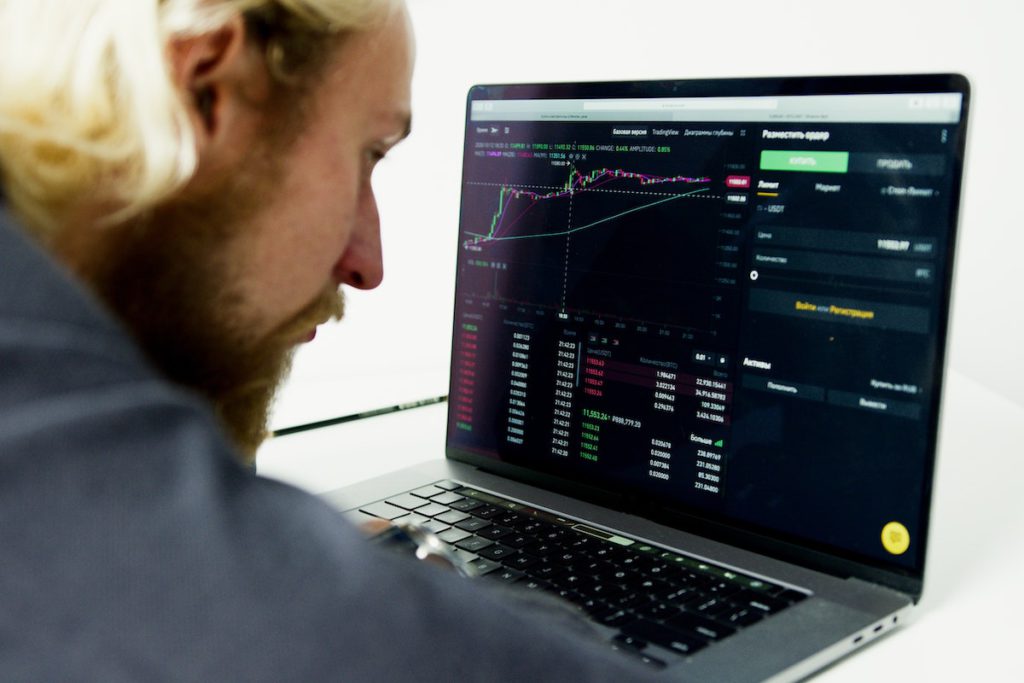CFD Investing Indices: A Brief Guide

Contracts for Difference (CFDs) are financial derivatives that allow investors to speculate on the price movements of underlying assets such as stocks, indices, currencies, and commodities. CFD indices, in particular, are a popular instrument for investors looking to trade on the performance of a basket of stocks representing a particular market or sector. In this article, we will provide a comprehensive guide to CFD investing indices, including how they work, their benefits and risks, and some of the most popular indices available to traders.
How CFD Indices Work
CFD indices are based on the performance of a collection of stocks that represent a particular market or sector. For example, the S&P 500 is an index that includes the 500 largest publicly traded companies in the United States. When you trade a CFD index, you are speculating on the price movements of those underlying stocks.
CFD indices allow traders to gain exposure to an entire market or sector without buying individual stocks. This can be a more cost-effective way of trading, as buying shares in all companies in an index would be prohibitively expensive for most investors. Additionally, CFDs allow traders to profit from falling and rising prices, known as going short.
Benefits of CFD Investing Indices
One of the main benefits of CFD investing indices is that they allow traders to gain exposure to a particular market or sector with a single trade. This is much more convenient than buying individual stocks, which can be time-consuming and expensive.
Additionally, CFDs offer traders the ability to use leverage, meaning they can trade with more money than they have in their accounts. While this can amplify profits, it can also amplify losses, so traders need to be careful when using leverage.
Another benefit of CFDs is that they are flexible instruments. Traders can go long or short and trade in various markets and sectors. This makes CFDs a versatile instrument for both experienced and novice traders.
Points of measure in CFD Investing Indices
While CFDs offer traders the opportunity to profit from a wide range of markets and sectors, they also come with risks. One of the main risks is the use of leverage. While leverage can amplify profits, it can also amplify losses, traders must be careful when using it.
Additionally, CFDs are over-the-counter (OTC) products, meaning they are not traded on a centralized exchange. This can make them more difficult to value and increase counterparty default risk.
Finally, CFDs are complex financial instruments, and traders need to understand how they work before trading them. Novice traders may find CFDs difficult to understand and should seek the advice of a professional before trading.

Popular CFD Indices
A wide range of CFD indices is available to traders, covering a variety of markets and sectors. A few of the most popular ones are mentioned below:
- S&P 500: This is an index of the 500 largest publicly traded companies in the United States and is one of the most widely followed indices in the world.
- FTSE 100: This index of the 100 largest companies listed on the London Stock Exchange is widely used as a benchmark for the UK stock market.
- DAX 30: This index of the 30 largest companies listed on the Frankfurt Stock Exchange is widely used as a benchmark for the German stock market.
- Nikkei 225: This index of the 225 largest companies listed on the Tokyo Stock Exchange is widely used as a benchmark for the Japanese stock market.
- NASDAQ 100: This is an index of the 100 largest non-financial companies listed on the NASDAQ stock exchange and is widely used as a benchmark for the technology sector
- Hang Seng Index: This index of the 52 largest companies listed on the Hong Kong Stock Exchange is widely used as a benchmark for the Chinese stock market. The index includes companies from various sectors, including finance, property, and technology.
- Euro Stoxx 50: This is an index of the 50 largest companies listed on the Eurozone stock markets, including France, Germany, Italy, and Spain. It is widely used as a benchmark for the European stock market.
When choosing a CFD index to trade, it is important to consider the underlying market or sector and the specific companies included in the index. Traders should also be aware of the risks involved and have a good understanding of the market before trading.
In conclusion, CFD investing indices offer traders a convenient and cost-effective way to gain exposure to a particular market or sector. While they come with risks, such as leverage and counterparty default, they can be versatile and flexible instruments for novice and experienced traders. By carefully selecting the right index to trade and managing risk effectively, traders can profit from the movements of global stock markets.





